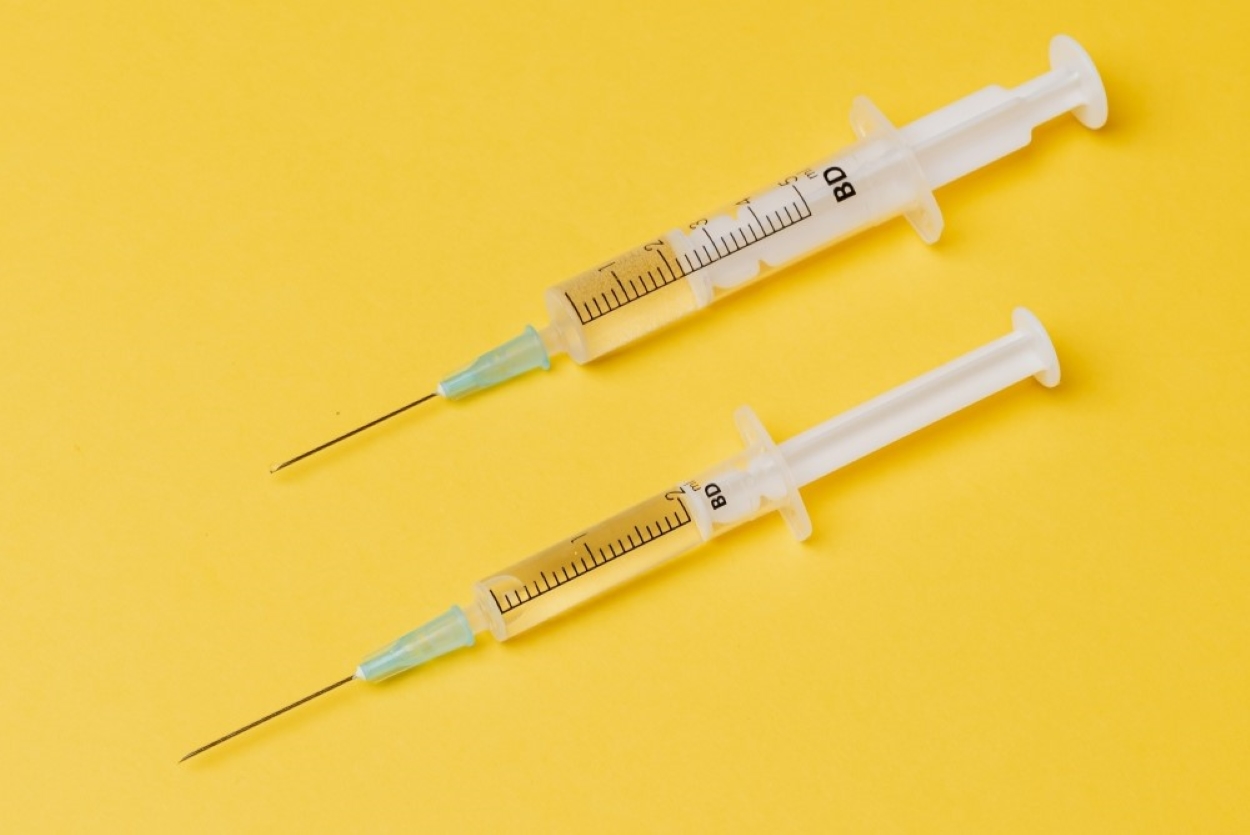What not to do after Botox
Perhaps you’ve already had Botox treatment, or maybe you’re planning ahead as to what you can and can’t do afterwards. Either way, we’re here to advise you on what not to do after Botox.
What is Botox?
Botox injections are made up of botulinum toxin, which can be injected into facial muscles to reduce their movement. This differs from dermal fillers, which involve hyaluronic acid being injected into the face. This is used to add volume and smooth out lines.
Botox injections should always be carried out by a trained professional. At Therapy House, our aesthetic treatments are completed by Dawn Attewell. Dawn is listed on the Save Face register, which is for nurses, doctors and dentists who are qualified to carry out certain procedures. This means that you can be confident that you are in safe hands.
After each treatment, we give patients access to a 24 hours contact number should they become concerned about any side effects.
What happens during Botox treatment?
Before any aesthetic treatment, you should have a detailed consultation. This allows you to discuss your goals and ask any questions you may have. It also allows our therapists to confirm the most appropriate treatment for you.
When you arrive at our beauty clinic near Blackpool, you’ll be welcomed with a smile. We’ll ensure you have access to all the important information before any Botox injection treatment.
Numbing cream can be used to help reduce discomfort. People often ask, ‘do the Botox injections hurt?’ which is a very tough question to answer. Whether or not the Botox injections hurt will depend on your pain threshold. Most people report feelings of pinching rather than actual pain.
Before the treatment, the practitioner will carefully clean your face. The botulinum toxin injections should be mapped out correctly on the face. During the treatment, you may be asked to change your facial expressions; this helps to achieve a balanced look. Find out more about Botox around the eyes and forehead Botox.
The botulinum toxin is injected through a very small needle. The process is quick and usually takes around 10 minutes. Find out more about Botox in Lytham St Annes.
After Botox injection treatment
Due to some side effects, such as swelling and bruising, it’s unlikely that you will see the true results immediately after the appointment. These side effects usually start calming down after around 48 hours. This means you can expect to start seeing the effects of Botox injections after this time.
Don’t be worried if your bruising lasts longer than other side effects, as this is quite common. Bruising can sometimes take a couple of weeks to heal fully. Having bruising may be more common around injection sites, such as around crow’s feet. Avoid touching the treated area to allow for healing.
It is recommended that you don’t have Botox treatments too often. Having too much botulinum toxin injected can lead to it no longer working. You should leave at least three months between having these injections.
Most people are able to continue with normal daily activities following their botulinum toxin injections, so it’s likely that you won’t need to take time out. Some people choose to take the rest of the day off to relax and allow side effects to settle a little. Recovery time is generally not necessary after the Botox procedure. Read our blog on how long does Botox last?
Botox dos and don’ts
Botox aftercare is generally quite simple. Your practitioner will provide you with all Botox aftercare instructions.
Dos
Give the injections time to work
As we mentioned earlier, the results of your injections may not be visible straight away. This is because it can take time for the ingredients to start working. Your true results will be visible between 2 and 3 days after the appointment. You’ll have better results if you let Botox settle.
Sit up/stay upright
It’s best to try and stay in an upright position after Botox to help reduce the risk of the ingredients moving around. The injections are mapped carefully to ensure they reach the right areas, so ideally, we don’t want them travelling elsewhere. You should try to sit up for 4 hours after the treatment.

What should you not do after Botox?
Don’t: Do any strenuous exercise
Strenuous activity and exercise should be avoided for at least a day after the treatment. Exercise may lead to more bruising and could result in the ingredients ending up in unintended areas.
Don’t: Put pressure on the area
You should avoid rubbing and touching your face after Botox for many reasons. One is to reduce the risk of infection at the injection site, and others can include the risk of migration.
You should also avoid other beauty treatments for the next few days. This is because you may have side effects that limit the effectiveness of your other treatments. Skin treatments to avoid include exfoliating procedures, such as chemical peels.
Don’t: Wear make-up
This one is linked to touching the face rather than the ingredients of your makeup products. Applying makeup generally means rubbing the face, which is not recommended after Botox, so avoid wearing makeup after the injectable treatment.
Don’t: Drink alcohol
Drinking alcohol before and after your treatment may lead to more bruising, so it’s best to avoid drinking alcohol altogether the day before receiving Botox, the day of and the day after your appointment.
Don’t: Have sun exposure and heat exposure
You should avoid sunlight and saunas until at least a couple of days after your appointment. Being in the sun or having a heightened temperature can worsen side effects and encourage bruising of the skin. You should always protect your skin from the sun.
Side effects
You may have minor side effects after receiving Botox and cosmetic fillers, but you should be aware of other effects that may begin hours after treatment. These include: noticing an overactive bladder, struggling to breathe or speak and muscle weakness. Seek medical advice quickly from your doctor if you have these side effects.
Be sure to check any medication you are taking before getting Botox. Some medications, such as blood thinners, can make bruising worse, so make sure you have informed the practitioner if you take any before getting Botox.
At Therapy House, we ensure that all clients feel at ease and go into the treatment with a great knowledge of what to expect. Are you thinking of getting Botox near Blackpool? Get in touch with us to book your appointment. We hope this blog has been useful on what not to do after Botox.

